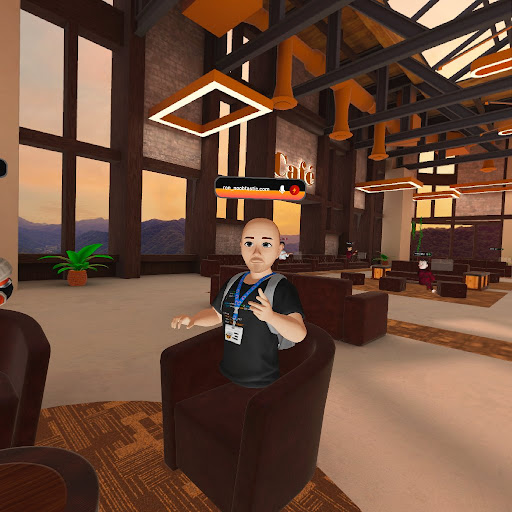I just spent an entire week working in virtual reality using the new Meta Quest 3. While the experience still mostly sucked, I came away with some renewed optimism for VR in the workplace.
As I took Ron’s outstretched, virtual hand for a handshake, my actual hand — in the real world — clumsily whacked into the side of my desk.
Ron started laughing, his avatar’s animated facial expressions mimicking his real face thanks to his device’s eye and facial tracking technology.
A project manager at Microsoft, Ron tells me it’s something I’ll get used to. He’s been working in the metaverse for over a year.
Days later, I meet Heather, a mother who’s been working in virtual reality for a couple of months. She likes to jump into the metaverse to work when her kids are at school and the house is quiet.
Then there was Miguel, a recruiter at Netflix, an “OG” user of the virtual reality app Immersed, who’s been using it to work for the last two years.
The big question is: Why would you want to?
Only two hours in, my eyes are burning
As impressive as it all sounds, after working in the metaverse for a week myself, I’m not sure how anyone could do it for longer.
I spent most of the seven days clocking in and out through the virtual coworking app Immersed, which can be found on the Meta Quest store but can be downloaded from other platforms, too.
Most days, I would be joined by as many as a dozen other VR users, depending on the time of day and which public workspace I chose. (The “Cafe” setting seemed to be the most popular.)

Initially, I was going to spend the week using Meta’s home-grown Horizon Workrooms, but I quickly switched to Immersed after realizing Horizon Workrooms didn’t support public workspaces and also lacked important quality-of-life features, such as the ability to move and adjust screen size and distance.
The setup wasn’t too difficult in either case. When you first strap on the Meta Quest 3 headset, the device will scan your surroundings to understand where you are within your room (in my case, the office) and where certain obstacles are, such as bookshelves, desks and chairs. This is so it can warn you if you’re getting too close…
Click Here to Read the Full Original Article at Cointelegraph.com News…
























